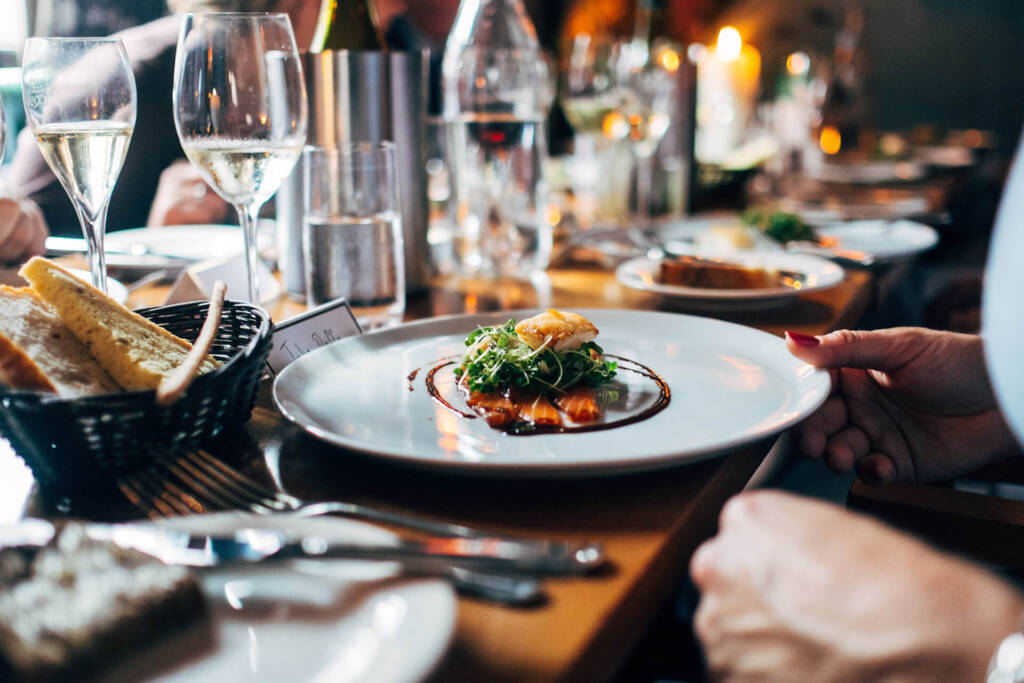The vibrant and aromatic world of Lebanese cuisine has long been celebrated for its rich history and bold flavors. From the bustling streets of Beirut to the intimate gatherings of family and friends, Lebanese food is a sensory journey that encapsulates the heart of Middle Eastern culture. If you’re eager to bring the authentic taste of Lebanon into your own kitchen, our collection of cooking tips and tricks is here to guide you on a culinary adventure that embraces the essence of this captivating cuisine.


1. Start with Quality Ingredients
The cornerstone of Lebanese cooking lies in the use of fresh and high-quality ingredients. Seek out the finest produce, herbs, and spices available to you. Whether it’s the vibrant red of ripe tomatoes, the fragrance of fragrant mint, or the earthy allure of sumac, every element contributes to the intricate tapestry of flavors that define Lebanese cuisine.
2. Master the Basics: Garlic, Olive Oil, and Lemon
Garlic, olive oil, and lemon are the holy trinity of Lebanese flavors. Learn to balance their proportions to achieve the perfect harmony of tastes. Crushed garlic, infused olive oil, and a spritz of lemon juice can transform a simple dish into an authentic Lebanese masterpiece.
3. Elevate with Fresh Herbs
Fresh herbs are the secret behind the vibrant and aromatic profiles of Lebanese dishes. Parsley, mint, cilantro, and dill are staples that add a burst of color, flavor, and texture to your creations. Whether you’re making tabbouleh, fattoush, or kebabs, fresh herbs are your culinary allies.
4. Embrace the Art of Spices
Lebanese cuisine’s spice palette is a testament to its rich history of trade and cultural exchange. Familiarize yourself with spices like cumin, coriander, allspice, and cinnamon. A pinch here and a dash there can transport your taste buds to the bustling markets of Beirut.
5. Delve into Mezze Magic
Lebanese mezze, a selection of small, flavorful dishes, is at the heart of every gathering. Experiment with a variety of mezze, such as hummus, baba ganoush, falafel, and stuffed grape leaves. These versatile delights can be served as appetizers, snacks, or even a full meal.
6. Experiment with Grains
Lebanese cuisine is known for its use of grains like bulgur and rice. Incorporate them into your dishes to add texture and substance. Tabbouleh and mujadara are prime examples of dishes that showcase the delectable marriage of grains and herbs.
7. Dive into Delicate Sweets
Lebanese desserts are a celebration of indulgence and refinement. Explore the world of sweet treats like baklava, ma’amoul, and atayef. These desserts artfully balance sweetness with the fragrance of rose water, orange blossom water, and nuts.
8. Create a Warm Ambiance
The dining experience is not just about taste—it’s about ambiance too. Set the mood with soft lighting, elegant table settings, and the company of loved ones. Create an environment that mirrors the warmth and hospitality inherent in Lebanese culture.
9. Patience is Key
Lebanese cooking is a labor of love that rewards patience. Many traditional dishes involve slow cooking, marinating, and allowing flavors to meld over time. Embrace the art of waiting, and you’ll be rewarded with dishes that captivate your senses.
10. Adapt and Innovate
While tradition is important, don’t be afraid to add your own twist to Lebanese recipes. Experiment with different ingredients, explore fusion dishes, and let your creativity shine while still honoring the essence of Lebanese flavors.
As you embark on your Lebanese culinary journey, remember that every dish tells a story—a story of heritage, culture, and passion.
With these cooking tips, you’ll be equipped to infuse your kitchen with the spirit of Lebanon, transforming each meal into a delightful adventure that nourishes both body and soul. So, don your apron, sharpen your knife, and let the enchanting flavors of Lebanon guide you in creating dishes that celebrate the heart and soul of Middle Eastern cuisine.



